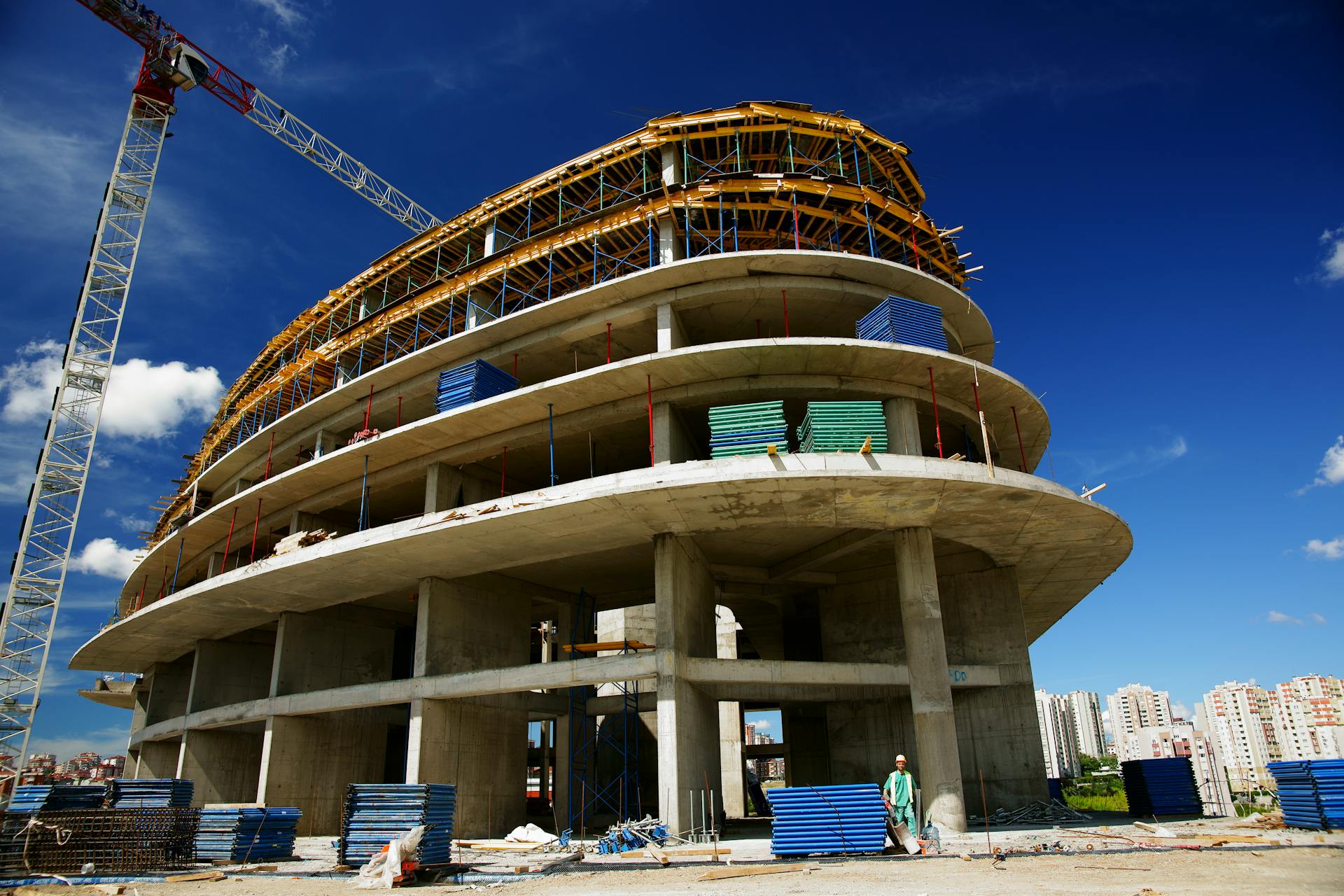

Question: How to Tell if an Area Will Gentrify?
Answer: To tell if an area will gentrify, look for signs such as rising property prices, increased real estate development, influx of higher-income residents, new businesses, and infrastructure improvements.
Predicting the Signs of Gentrification
Gentrification, the influx of wealthier residents into lower-income neighbourhoods, can be a slow-burning process. By the time the area boasts trendy cafes and high-end boutiques, gentrification might already be well underway. There are subtle clues that can help residents identify the potential for gentrification in its early stages. This article explores some of the telltale signs that an area might be on the cusp of change.
Shifting Demographics: A Change in the Faces You See Every Day
One of the first indicators of potential gentrification can be a gradual shift in the neighbourhood’s demographics. While official data updates might take time, observing changes in the people you see on the street can offer valuable clues. An increase in young professionals, families with young children, or dog walkers with trendy breeds might suggest a demographic shift.
It’s important to consider the context. A slight increase in young professionals could be a sign of natural neighbourhood evolution, particularly close to universities or commercial areas. The key lies in observing the pace and scale of the change. A sudden influx of young families or a noticeable decline in long-term residents can be more indicative of gentrification on the horizon.
Click here to learn more about how much your home is worth
Please visit this page to learn more about what is gentrification?
Related Article: Does Gentrification Affect Mental Health?
Related Article: What is the Paradox of Gentrification?
Economic Whisperings: Shifts in the Housing Market
Changes in the housing market can offer early signs of gentrification. A gradual increase in rental vacancy rates in some buildings, followed by quick refills at higher rents, can signal a shift in the market. An increase in inquiries from young professionals or families specifically interested in the neighbourhood can also be an indicator.
Rising housing costs can also be influenced by broader economic factors. It’s important to monitor these changes alongside other indicators to form a more complete picture. Local news reports about development projects planned for the neighbourhood or talks of rising property values can be additional clues.
Retail Renaissance: A Shift in the Commercial Landscape
The arrival of new businesses catering to a different clientele can be an early indicator of gentrification. Independent coffee shops with locally roasted beans, upscale restaurants with prix fixe menus, or specialty stores selling organic produce might replace familiar convenience stores or discount retailers.
While these new businesses can enhance the neighbourhood’s vibrancy, they can also signal a shift in the target market. If existing businesses catering to the needs of long-term residents struggle to compete, it could be a sign of gentrification taking root. Pay attention to changes in local businesses, such as cafes or restaurants that start offering pricier menus or catering to a different clientele.
Public Investment: A Double-Edged Sword
Increased public investment in a neighbourhood can be a double-edged sword. Upgrades to parks, playgrounds, libraries, or community centres can improve the quality of life for all residents. However, if these improvements are not accompanied by measures to ensure affordability, they can unintentionally attract wealthier residents.
It’s important to examine the purpose and impact of public investment projects. Are they designed to address the needs of the existing community, or are they paving the way for future development that may displace residents? Community meetings or discussions about proposed projects can offer insights into the potential impact.
The Power of Observation: A Watchful Eye on Local Businesses
While the arrival of high-end stores might be a clear sign of gentrification, even subtle changes in existing businesses can be telling. Local cafes or restaurants that start offering pricier menus or catering to a different clientele could be adapting to a changing demographic.
Similarly, independent shops that begin stocking higher-end merchandise or experiencing a shift in their customer base might be feeling pressure to adjust to the evolving neighbourhood. Observing these subtle changes can provide valuable insights into the potential for gentrification.
For more information visit https://www.jenjewell.ca
The Power of Community: A Collective Voice
While predicting gentrification with absolute certainty is difficult, staying informed and engaged as a community is crucial. Regularly attending neighbourhood meetings, following local news, and engaging in conversations with neighbours can help residents identify potential changes early on.
By working together, residents can advocate for responsible development practices that prioritize affordability and ensure that any changes to the neighbourhood benefit all residents, not just newcomers. This might involve pushing for stronger rent control measures, promoting the development of affordable housing, or encouraging the creation of mixed-income communities.
Ultimately, gentrification is a complex phenomenon. By recognizing how to tell if an area will gentrify, the early signs and working together, communities can take proactive steps to shape their neighbourhood’s future and ensure a more equitable form of change.


